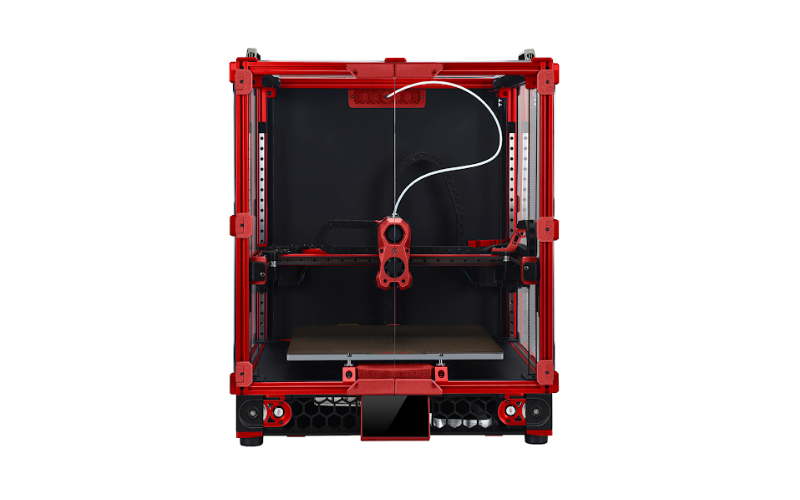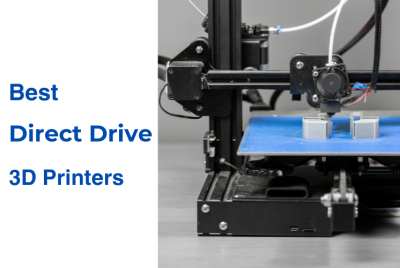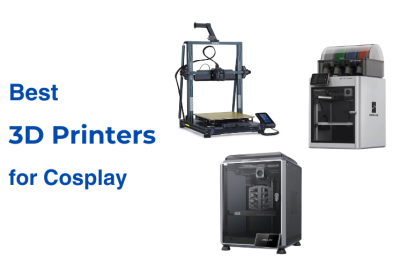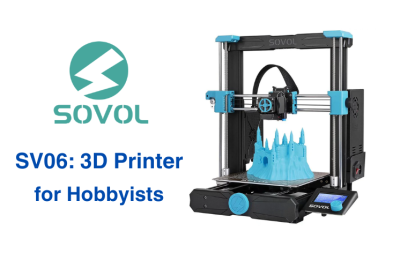LDO Motors Voron 2.4 R2 Kit Review
Voron Design is a community-driven project that started in 2015. Their goal is creating high-quality 3D printers that combine reliability, performance, and open-source accessibility. Unlike many commercial manufacturers, Voron operates as an open-source initiative, relying on contributions from a dedicated community of developers and makers. This collaborative approach allows users to assemble and customize their printers. And also to access detailed documentation, firmware updates, and support through an active online community.
The Voron 2.4 R2 Kit is part of their flagship series, showcasing a coreXY design that prioritizes high-speed, high-quality printing. The company’s philosophy is to provide users with a framework to build a machine tailored to their specific needs. Offering flexibility in sourcing parts or purchasing complete kits from authorized resellers. With detailed assembly guides and a focus on long-term usability, Voron Design emphasizes the importance of understanding and maintaining the printer—a key reason the brand is often associated with experienced 3D printing enthusiasts.
In this review, we’ll explore how the Voron 2.4 R2 Kit lives up to these principles, considering its strengths and potential challenges for users.
Assembly
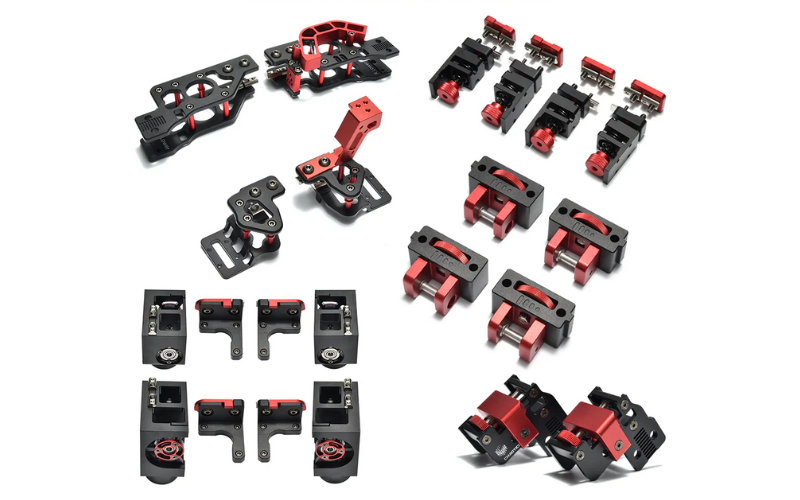
The Voron 2.4 R2 Kit is well-known for its detailed and time-intensive assembly process, which caters to users who enjoy a hands-on approach to building their 3D printer. Unlike pre-assembled printers, this kit requires users to source or purchase components and follow a comprehensive assembly guide. The official documentation, available on the Voron website, includes step-by-step instructions, diagrams, and tips, ensuring that even complex steps are clearly explained.
Assembling the Voron 2.4 R2 can take anywhere from 20 to 40 hours, depending on your experience with similar kits and tools. The process requires a moderate understanding of mechanics and electronics. It’s because you’ll need to install components like the coreXY belt system, linear rails, and wiring for the printer’s electronics. Proper alignment and tensioning of belts are especially critical to achieving the printer’s optimal performance, and this step may require extra patience and precision.
One of the standout aspects of the Voron community is the extensive support available online. Builders can find advice, troubleshooting tips, and modifications through forums, social media groups, and dedicated Discord channels. While the assembly process is not beginner-friendly, these resources are invaluable for overcoming potential challenges.
Overall, the assembly of the Voron 2.4 R2 is a learning experience that helps users understand their printer inside and out. This thorough process is both a strength and a limitation. Those who enjoy building and tweaking will appreciate it, while others may find the time commitment and complexity overwhelming.
Design
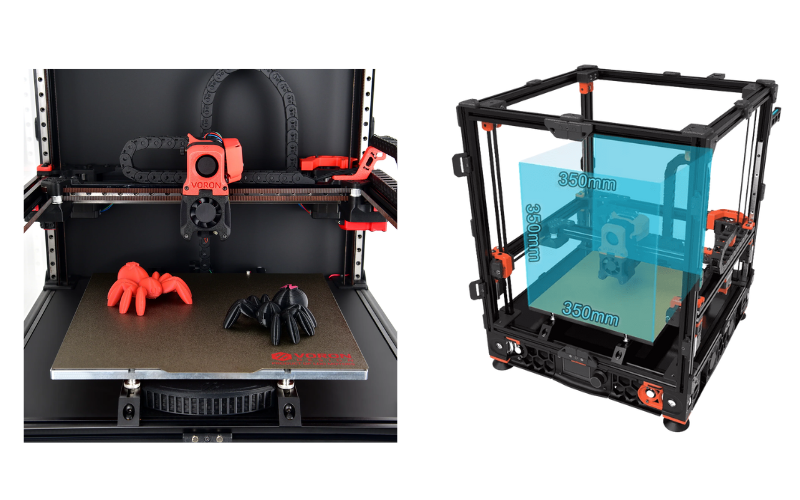
The Voron 2.4 R2 has a straightforward, functional design that sticks to the basics while giving you plenty of flexibility. It uses a coreXY motion system, which is great for stability during fast prints, and the enclosed frame keeps the internal temperature steady—helpful if you’re working with materials like ABS or nylon. The frame is built with aluminum extrusions and printed parts, so you can tweak it and even upgrade components later on if needed.
The enclosure isn’t just for looks. It helps keep noise down and makes sure your prints have a consistent environment, especially useful for tricky materials. The design also includes a heated bed and supports dual Z-axis leadscrews for extra stability during taller or longer prints.
You can add some personal touches too. Many parts of the printer can be printed in your favorite colors, so you’re not stuck with a generic look. Plus, the modular layout makes it easier to swap parts or make repairs when needed.
That said, the design does come with its challenges. Since everything needs to be lined up just right during assembly, even a small mistake can throw off the printer’s performance. And while the modular design is great for flexibility, it can make the initial build feel more complicated.
Overall, the design is practical and adaptable. It’s clear that this printer was made for people who like to get hands-on and customize their machines to fit their needs.
What You Will Get After Assembly
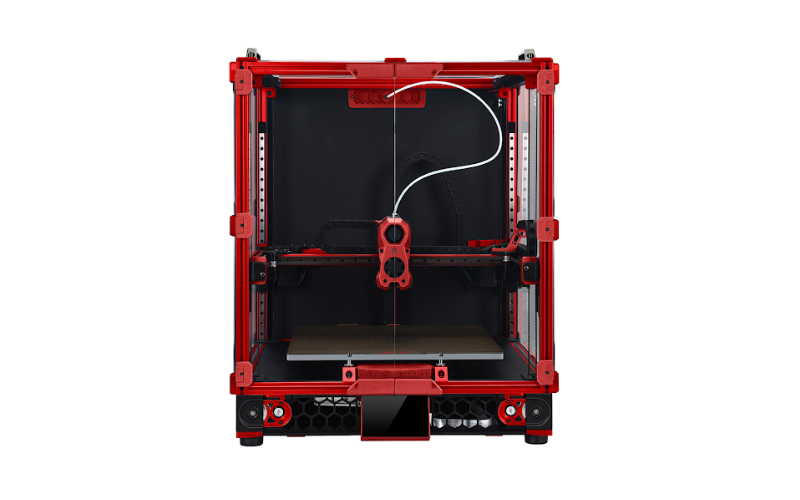
Once the Voron 2.4 R2 is fully assembled, you’ll have a 3D printer equipped with a set of features designed for advanced printing projects. Here’s what the printer offers:
- CoreXY Motion System: This system ensures precise and smooth movements, enabling faster print speeds without sacrificing accuracy.
- Enclosed Build Area: The fully enclosed frame helps maintain consistent temperatures. It’s ideal for printing materials like ABS, nylon, and polycarbonate.
- Customizable Build Volume: The kit supports various build volumes. With common configurations including 300x300x300 mm or larger sizes, depending on your preferences.
- Dual Z-Axis Leadscrews: These provide better stability for tall or complex prints by evenly distributing the weight of the moving components.
- Heated Bed: The heated print bed ensures proper adhesion and minimizes warping for a wide range of materials.
- Modular Frame Design: Built with aluminum extrusions and printed parts, the printer is highly modular, allowing for easy upgrades, modifications, or repairs.
- High-Quality Components: The kit includes linear rails, belts, and other precision hardware to ensure reliable performance over time.
Upgrades You Can Print
The Voron 2.4 R2 has a huge community of makers who’ve come up with plenty of printable upgrades to make the printer even better. Here are some of the top recommendations that users swear by for this model:
- DIN Mounts: These help keep your electronics organized inside the enclosure, so everything looks neat and stays secure.
- StealthBurner Toolhead Mods: A lot of users upgrade the standard toolhead with a StealthBurner mod. Which improves cooling and extrusion for smoother, more reliable prints.
- Cable Chains: If you want cleaner wire management, printable cable chains for the X and Y axes are a popular choice. They keep wires out of the way while protecting them during printer movement.
- Fan Ducts: Community-designed fan ducts are a big help for better part cooling, especially when printing detailed or small pieces.
- Spool Holders: Upgraded spool holders, like frame-mounted versions, make filament feeding more efficient and less likely to tangle.
- Filament Guides: These guides keep the filament path smooth, reducing any hiccups in extrusion.
- Z-Axis Skirt Panels: These printed panels protect the lower part of the printer and keep dust or debris from getting into the Z-axis mechanism.
- Toolhead Covers: Printable covers protect the toolhead electronics from dust, keeping everything in good shape for longer.
Final Thoughts
The Voron 2.4 R2 Kit is a hands-on project that’s all about customization and learning. If you enjoy building things from the ground up and tweaking every detail, this kit is a great choice. The open-source community behind it is a huge help too, with tons of resources, advice, and upgrades shared by experienced builders.
That said, it’s not the easiest printer to dive into. The assembly takes time and requires patience, along with a decent understanding of mechanics and electronics. If you’re looking for something quick to set up and start printing, this might feel overwhelming. But if you’re up for the challenge, the effort pays off with a reliable and highly customizable machine.
Once it’s up and running, the Voron 2.4 R2 delivers great performance and gives you the freedom to upgrade and modify as you go. For experienced users who want a printer that’s as flexible as it is capable, this 3D printer kit is a rewarding experience. Just be ready to put in the work to get it there.

